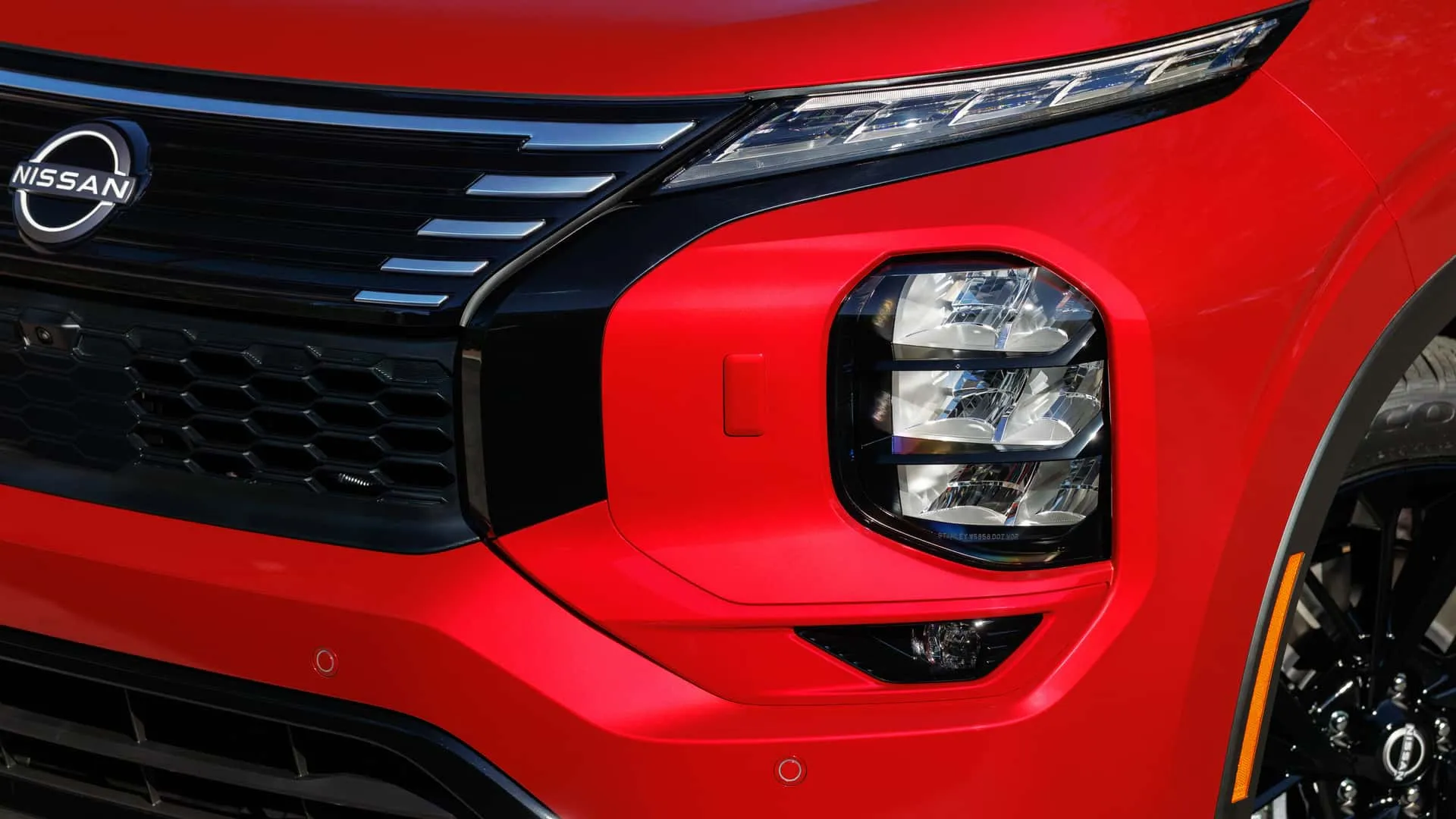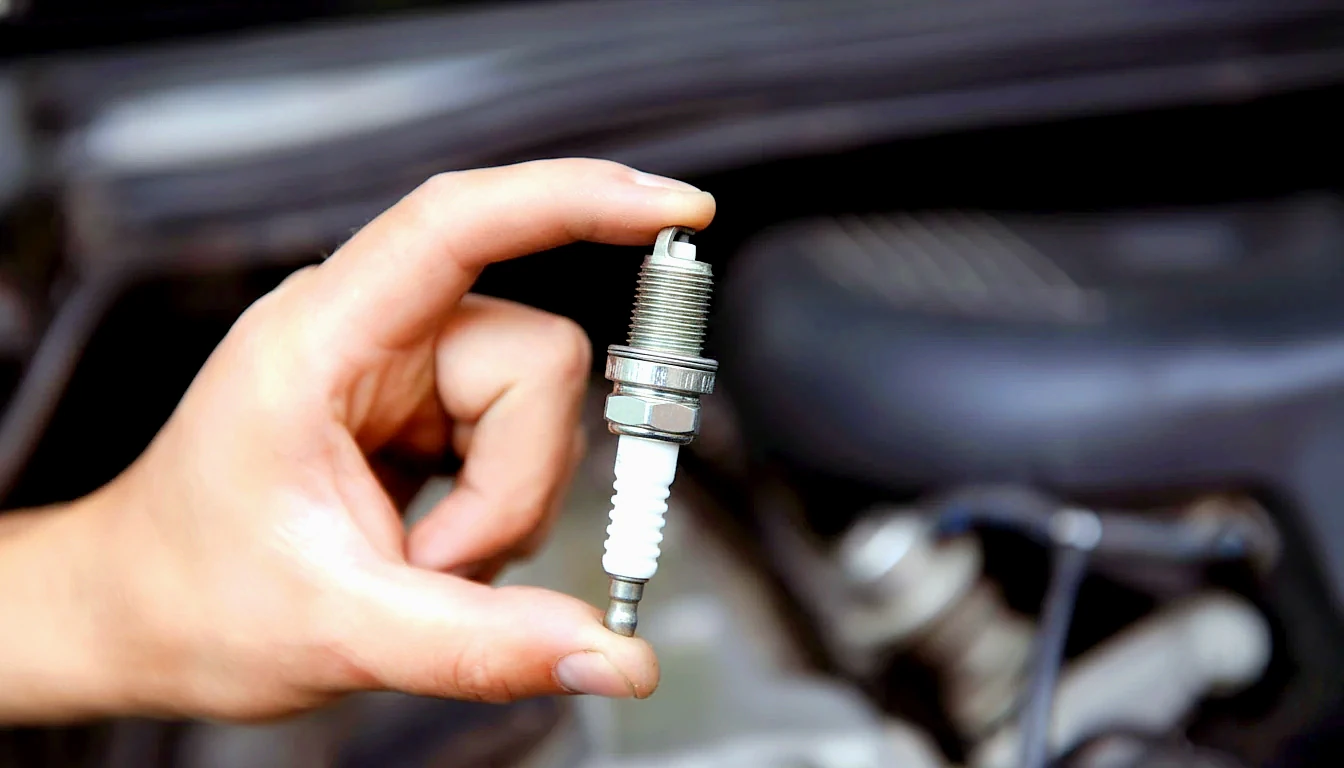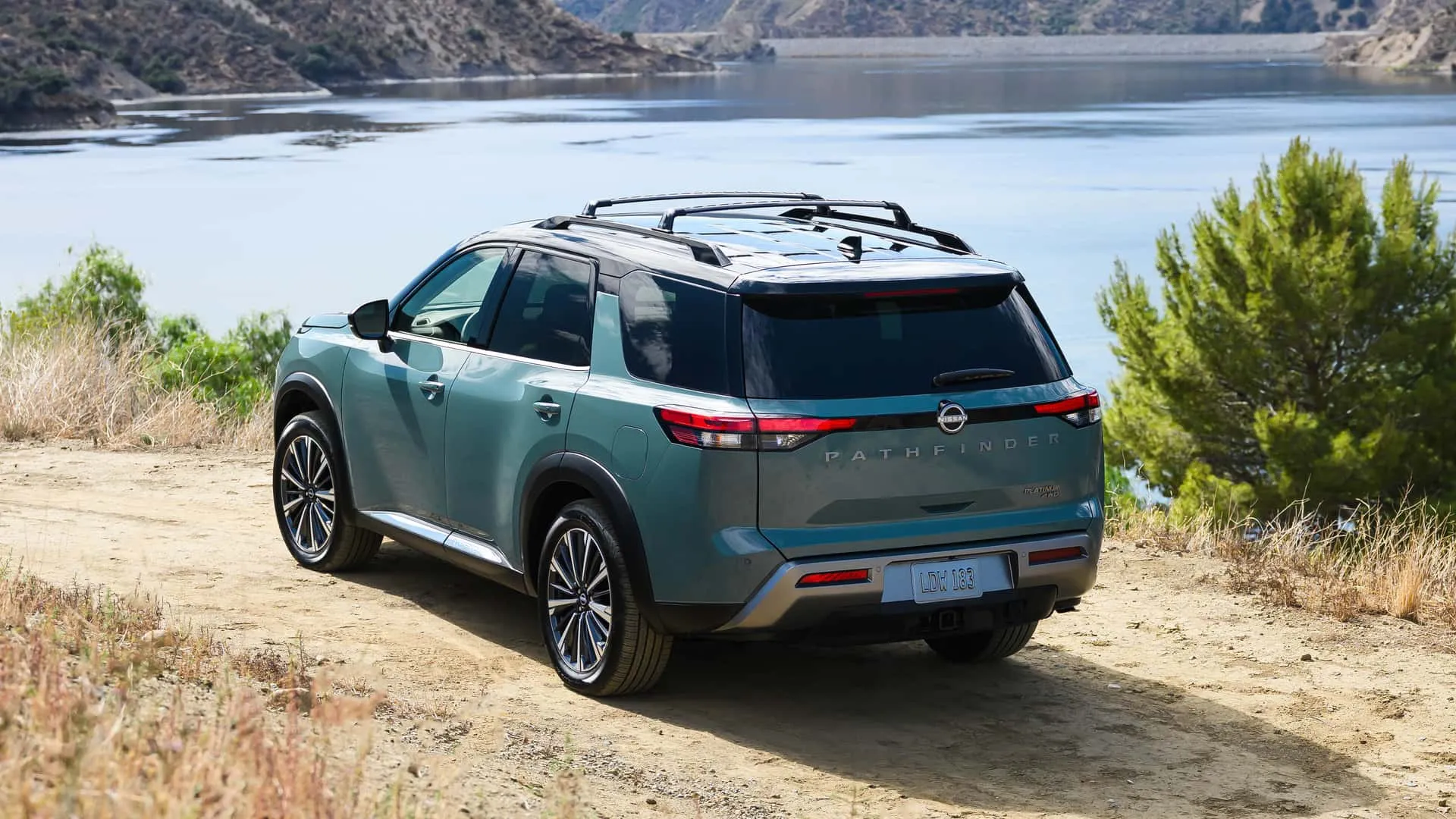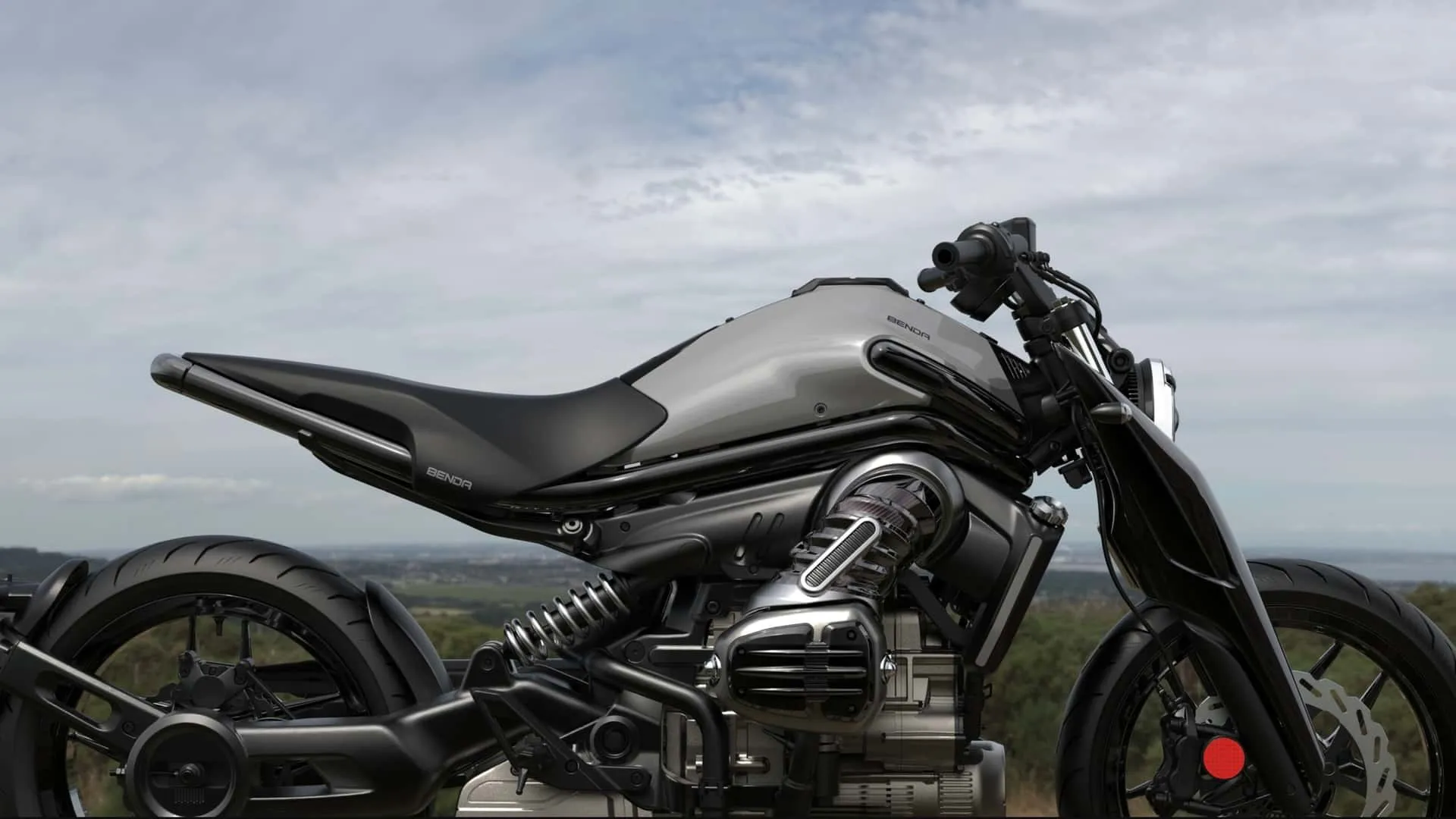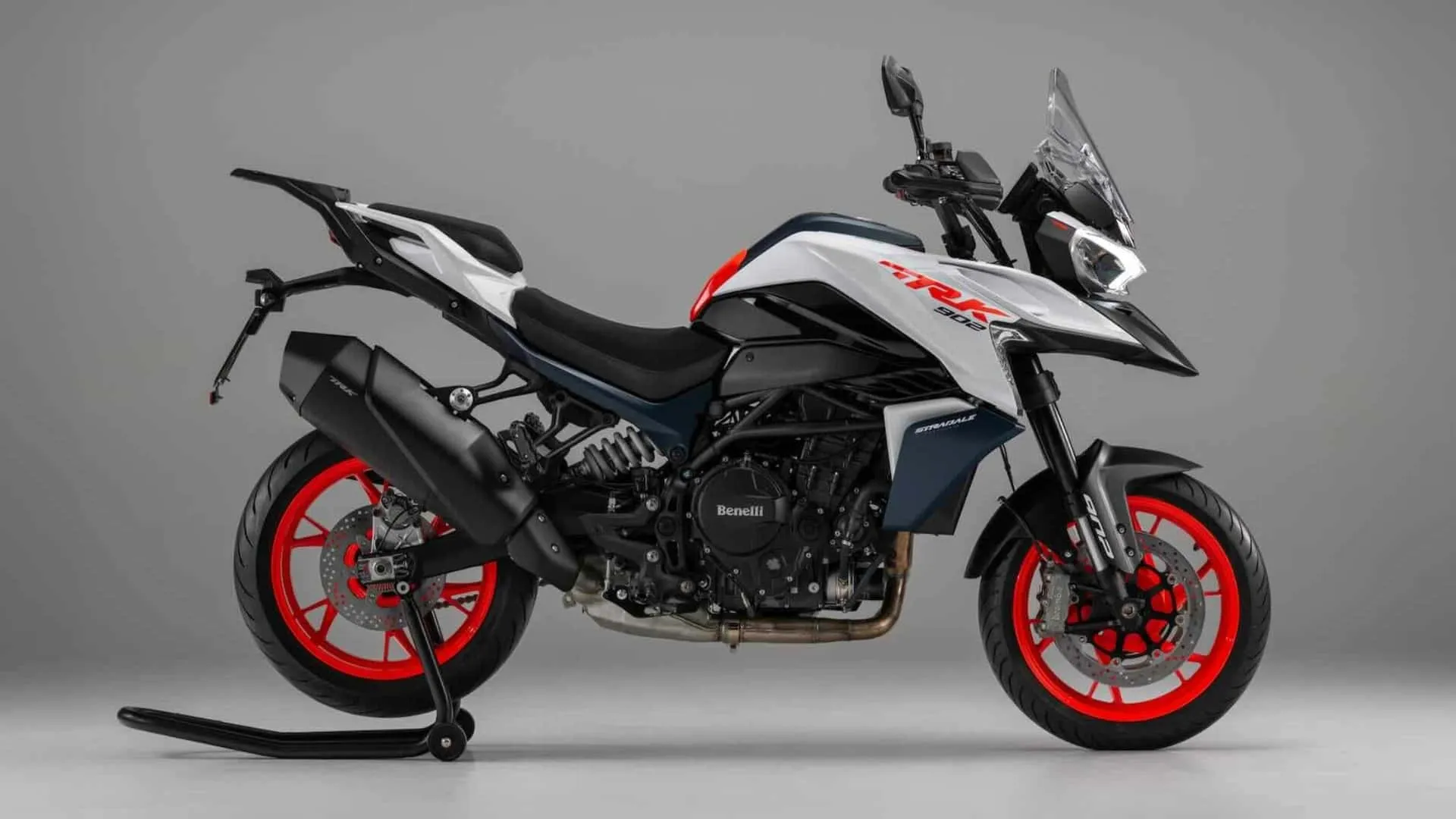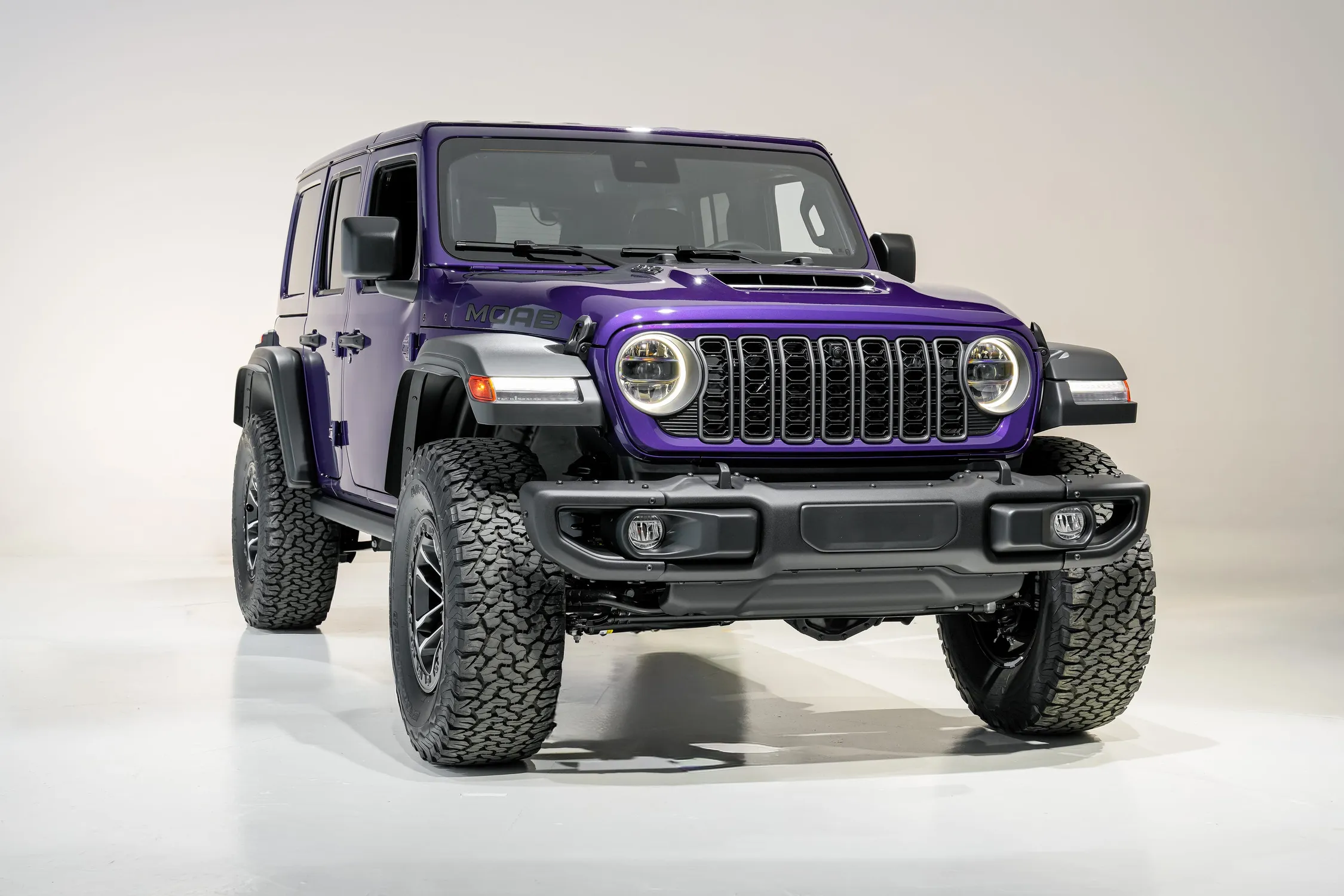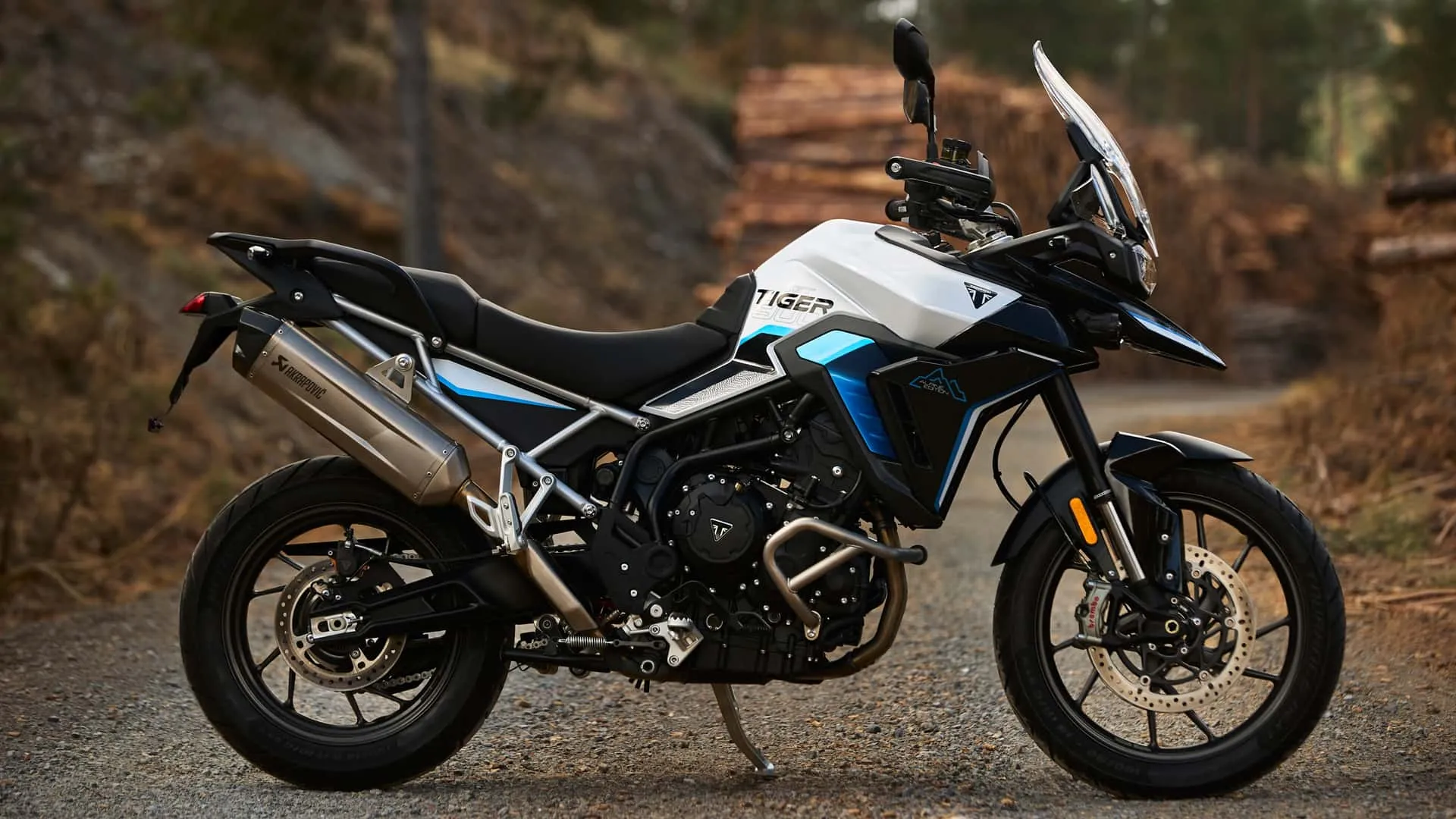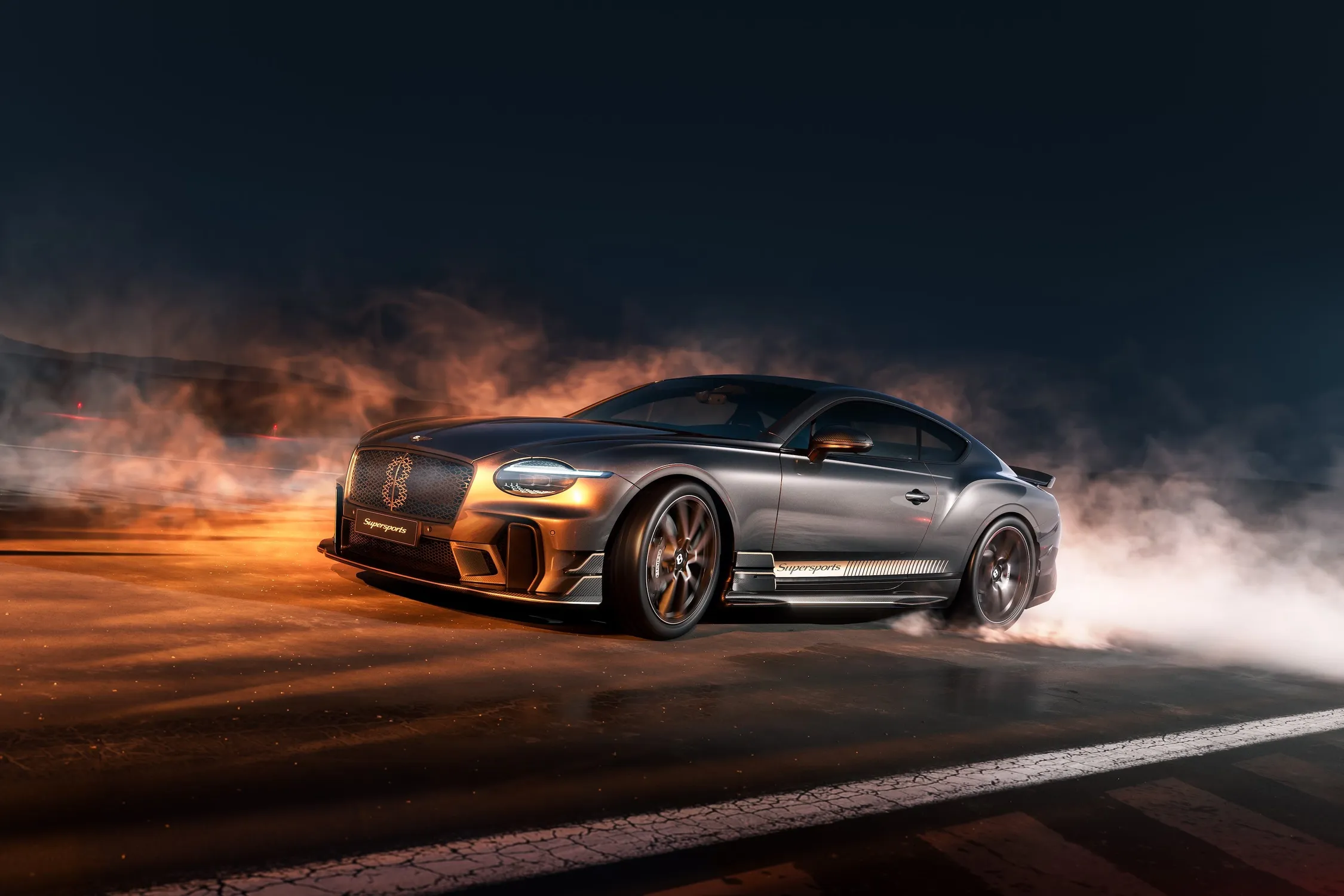The autonomy of 2025 PHEVs has exploded. Discover which models surpass 1,000 km and why the EPA test is the only one you should trust.

The future of mobility is here, and it is hybrid! Forget the range anxiety of pure electric vehicles and the fuel costs of traditional engines. In 2025, Plug-in Hybrid Vehicles (PHEVs) arrive with a range that defies everything you know, promising unparalleled freedom for your daily commutes and the longest adventures. Get ready to meet the models that are breaking records and redefining what it means to own a high-performance, maximum-efficiency car.
The Autonomy Revolution in 2025 PHEVs: Understanding Metrics and Global Tests
The automotive market is undergoing one of the most radical transformations in its history. At the center of this revolution, Plug-in Hybrid Vehicles (PHEVs) are consolidating as the perfect bridge between the combustion engine and full electrification. They offer the best of both worlds: the ability to run in purely electric mode for most daily trips, saving fuel and reducing local emissions, and the security of a gasoline engine for when the battery runs out or for longer trips. It is the definitive solution for the famous “range anxiety.”
To decipher the true potential of a PHEV, we need to understand two crucial autonomy metrics, often confused, but which define the ideal usage profile for each vehicle:
- All-Electric Range (AER or EV Range): This metric indicates the maximum distance the vehicle can travel using only the energy stored in the battery, without engaging the combustion engine. It is the key indicator for urban efficiency and the ability to operate with zero local emissions day-to-day. The higher the AER, the less often you will visit the gas station.
- Total Combined Range (TCR or Total Range): This is the maximum distance the vehicle can travel with a full tank of fuel and a fully charged battery. This is the number that matters for those planning long journeys, ensuring you reach your destination without worrying about charging stations or scarce gas stations.
The 2025 models are setting new benchmarks in both metrics, but a fair comparison requires understanding the methodologies behind these numbers. Don’t be fooled by figures that seem too good to be true!
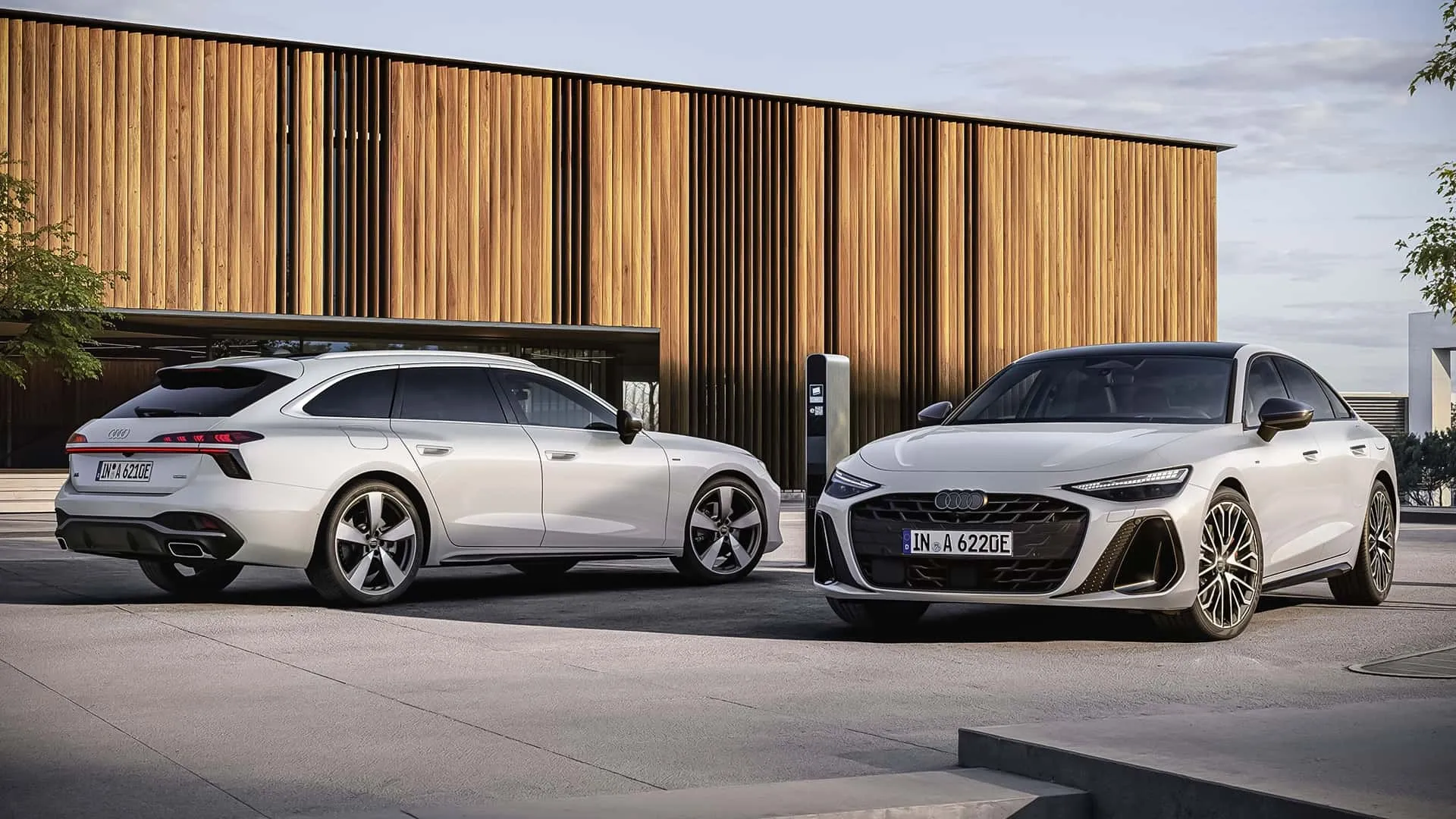
The Methodological Challenge: EPA vs. WLTP – Who Lies Less?
The variation in range figures reported by manufacturers is not just a matter of engineering, but of regulation. The two most influential global standards are the EPA (Environmental Protection Agency) in the US, and the WLTP (Worldwide Harmonised Light Vehicle Test Procedure), predominant in Europe.
The Rigor of the EPA: Real-World Reality
The EPA testing cycle is widely respected for its conservative and realistic approach. For PHEVs, the process is meticulously divided:
- Charge-Depletion Operation: The vehicle is tested with a fully charged battery until it depletes and the combustion engine engages.
- Charge-Sustaining Operation: With the battery depleted, the vehicle undergoes five cycles simulating various driving conditions (city, highway, high speed, A/C use) to measure fuel consumption.
The secret to EPA accuracy lies in a final correction factor, typically 0.7, applied to the raw lab results. This adjustment simulates real-world driving conditions—more aggressive acceleration, constant climate control use, terrain variations—delivering a final figure much more reliable for the North American consumer.
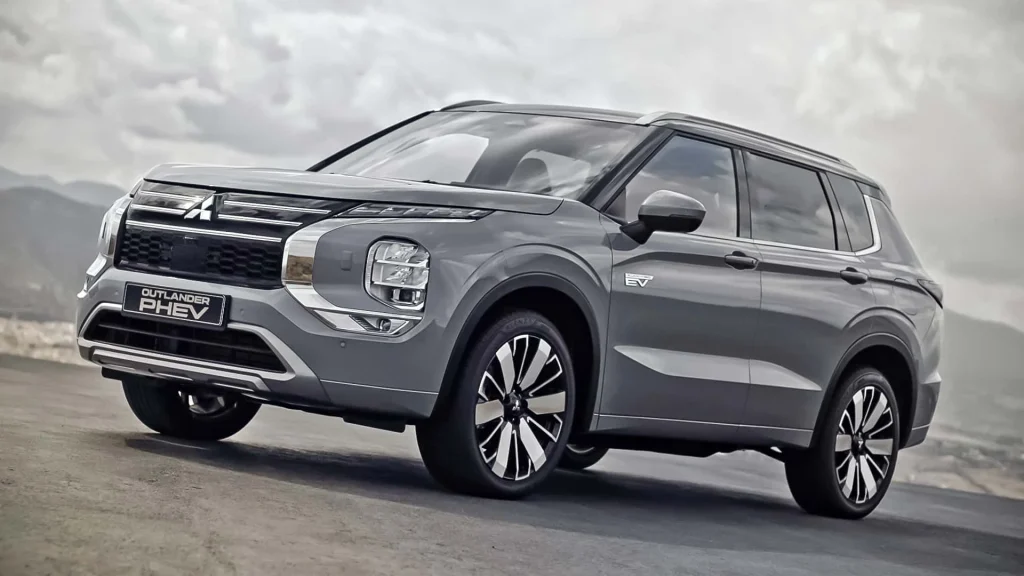
The Optimism of WLTP: Maximum Potential in the Lab
WLTP is a more modern standard than the old NEDC, featuring dynamic cycles and higher speeds. However, its weak point—and the reason for its higher figures—is the absence of a post-test adjustment factor similar to the EPA’s for All-Electric Range (AER).
This means WLTP figures represent the vehicle’s maximum potential under ideal laboratory conditions (such as a constant temperature of 23°C). In practice, these values are rarely achievable day-to-day, especially on highways or under adverse weather conditions.
“A PHEV declaring 143 km of AER (WLTP) might have a real electric range similar to a model reporting 58 miles (approximately 93 km) of AER (EPA). The difference is stark and strategic.”
This methodological disparity is a powerful marketing tool. European manufacturers use the high WLTP numbers (often exceeding 100 km) to position their PHEVs as almost equivalent to a BEV for daily use, whereas the EPA standard provides a more cautious and honest expectation.
The Elite of Electric Range (AER) and Total Range (TCR): 2025 PHEVs That Exceed Expectations
The race for range has never been more intense. In 2025, PHEV performance has reached a new level, with luxury and volume models surpassing previously unthinkable barriers.

The Giants of All-Electric Range (AER): Daily Driving Without Fuel
AER is the metric that transforms a PHEV from an “occasional hybrid” into an “electric vehicle for daily driving.” The 2025 models are redefining expectations.
Leaders in the EPA Standard (North America and Rigorous Testing)
In the most demanding EPA scenario, Mercedes-Benz stands out as the new benchmark in luxury. The MERCEDES S580e sedan, with 58 miles (93 km) of AER, and the MERCEDES GLC 350e (2025) SUV, with 54 miles (87 km), demonstrate notable technological superiority. Imagine driving nearly 100 km without using a drop of gasoline in a luxury sedan! This performance is a testament to Mercedes-Benz’s ability to innovate in battery density and overall system efficiency.
Other highlights include the Range Rover Sport Hybrid (48 miles) and the BMW X5 xDrive50e (39 miles). In the volume segment, the FORD ESCAPE PHEV (2025) with 37 miles (60 km) proves that a competitive AER is possible at an affordable price, offering excellent value for money.
Leaders in the WLTP Standard (Europe and Democratized Range)
In Europe, WLTP figures are driving the perception that volume PHEVs can truly replace a BEV for most local commutes. VW Group models lead: the VOLKSWAGEN GOLF eHybrid (2025) reaches an impressive 143 km, followed by the SKODA SUPERB iV (2025) with 135 km, and the SKODA KODIAQ PHEV with 121 km. While optimistic, these figures establish a new de facto standard for the segment.
| Model (Year) | Segment | AER (EPA/Miles) | AER (WLTP/km) | Main Note |
|---|---|---|---|---|
| Mercedes-Benz S580e | Ultra-Luxury Sedan | 58 | N/A | Absolute EPA Leader (Luxury) |
| Mercedes-Benz GLC 350e (2025) | Compact Luxury SUV | 54 | N/A | EPA Leadership in SUVs |
| Range Rover Sport Hybrid | Luxury SUV | 48 | N/A | High AER on a large platform |
| BMW X5 xDrive50e (2024/2025) | Luxury SUV | 39 | N/A | Updated technology, but below the leader |
| Ford Escape PHEV (2025) | Compact SUV | 37 | N/A | Best AER in the Value Segment |
| Volkswagen Golf eHybrid (2025) | Compact | N/A | 143 | Absolute WLTP Leader (Volume) |
| Skoda Superb iV (2025) | D-Segment Sedan | N/A | 135 | Excellent range in volume segment |
| Škoda Kodiaq PHEV | Family SUV | N/A | 121 | High AER (WLTP) |

The Quest for Infinity: PHEVs with Over 1,000 km of Total Combined Range (TCR)
For those who value travel freedom without interruptions, the Total Combined Range (TCR) is what truly matters. It is the sum of the combustion engine’s efficiency, tank size, and the battery’s electric range.
In empirical long-distance tests, the MERCEDES S580e reaffirms its supremacy, achieving an impressive total combined range of 688 miles (approximately 1,107 km). Of this total, 630 miles come from the gasoline engine, proving its vocation for cross-continental journeys. The PORSCHE PANAMERA TURBO S E-HYBRID also shines with 1,010 km.
However, the new 1,000+ km frontier is being defined by Asian manufacturers, notably BYD. Models such as the BYD SEAL U DM-i, with a declared 1,080 km, and the BYD SEALION 6, with a declared 1,092 km, signal an aggressive strategy to position the PHEV as the definitive solution for long distances, especially in markets with vast geographies and infrastructure that is still developing.
| Model (Year) | Total Range (Est. km) | AER (Est. km) | Strategic Focus |
|---|---|---|---|
| Mercedes-Benz S580e | 1,107 | 93 | Leader in empirical luxury testing |
| BYD Sealion 6 (Declared) | 1,092 | N/A | Maximum Global Range (Manufacturer Declaration) |
| BYD Seal U DM-i (Declared) | 1,080 | 70+ (WLTP Claim) | Maximum Global Range (Manufacturer Declaration) |
| Porsche Panamera Turbo S E-Hybrid | 1,010 | 77 | Performance and Long-Distance Travel |
| Ford Escape PHEV | 901 | 60 | Value and High Highway Efficiency |
| Toyota Prius Plug-In Hybrid | 885 | 64 | Excellent Fuel Efficiency |

Exclusive Catalog: The BEST 2025 Hybrid SUVs with Range for Every Budget (and Road)
The popularity of hybrid SUVs in 2025 is undeniable, and this list proves there is an ideal option for every type of driver, from those seeking maximum economy to those longing for luxury and performance. To fulfill the promise of “lowest range to highest range,” we will list vehicles starting with traditional hybrids (HEVs) that have limited or intermittent electric autonomy, progressing to PHEVs with increasing All-Electric Ranges (AER).
| Make/Model | Hybrid Type | 100% Electric Range (AER) | Power (hp) | Combined Consumption (WLTP) | Price (Starting From) | Main Highlight |
|---|---|---|---|---|---|---|
| Toyota Yaris Cross 1.5 Hybrid | Full Hybrid (HEV) | Intermittent electric use | 116 | 4.5 l/100km | €27,060 | Most affordable and compact hybrid SUV |
| Dacia Duster Expression Hybrid | Full Hybrid (HEV) | Intermittent electric use | 140 | 5 l/100km | €27,200 | Robustness and accessibility with new hybrid engine |
| Peugeot 2008 Style Hybrid | Full Hybrid (HEV) | Intermittent electric use | 136 | 4.9 l/100km | €28,285 | Sophisticated design and innovative i-Cockpit |
| Renault Symbioz Evolution E-Tech | Full Hybrid (HEV) | Intermittent electric use | 145 | 4.7 l/100km | €32,500 | Futuristic vision, comfort, and advanced technology |
| Hyundai Kauai 1.6 GDi HEV | Full Hybrid (HEV) | Intermittent electric use | 141 | 4.7 l/100km | €36,070 | Bold design, smooth and economical ride |
| Nissan Qashqai Advance e-Power | Full Hybrid (HEV) | Extended electric use (combustion engine as generator) | 190 | 5.3 l/100km | €39,400 | Innovative e-Power technology, electric motor drives the vehicle |
| BYD Seal U DM-i Design | Plug-in Hybrid (PHEV) | 70 km (WLTP) | 320 | 0.9 l/100km | €40,159 | Impressive electric range and Super DM technology |
| BMW X1 xDrive25e | Plug-in Hybrid (PHEV) | 80 km (WLTP) | 245 | 0.7 l/100km | €55,300 | BMW luxury, dynamic handling, and good AER |
| Mercedes-Benz GLA 250 PHEV | Plug-in Hybrid (PHEV) | 81 km (WLTP) | 272 | 1.1 l/100km | €54,600 | Elegant design, luxurious interior, and MBUX system |
| Opel Grandland Hybrid Plug-In | Plug-in Hybrid (PHEV) | 87 km (WLTP) | 136 | 0.8 l/100km | €41,740 | Powerful combination, bold and efficient design |
| Škoda Kodiaq 1.5TSI PHEV | Plug-in Hybrid (PHEV) | 121 km (WLTP) | 204 | 0.4 l/100km | €46,404 | Space, versatility, and excellent AER for families |
| Volkswagen Tiguan Urban Plug-in | Plug-in Hybrid (PHEV) | 126 km (WLTP) | 204 | 0.41 l/100km | €49,591 | German quality and segment-leading electric range |
In this list, we observe the continuous evolution of SUVs. While traditional hybrids, such as the TOYOTA YARIS CROSS and the NISSAN QASHQAI e-Power, focus on optimizing overall consumption, PHEVs shine with their ability to offer multiple kilometers of purely electric driving. Models like the KIA TELLURIDE 2027 and the TOYOTA HILUX 2026 are other examples pointing toward an increasingly electrified future in the segment.
The 2025 landscape for hybrid vehicles is clear: the era of PHEVs with low electric range is ending. New benchmarks are consolidating, with 50 miles (EPA) or 100 km (WLTP) of AER becoming the new reference standard for a PHEV to be considered truly effective. Choosing the ideal vehicle will depend on your usage profile: if you prioritize electric daily driving, the AER leaders are your best bet. If the priority is total freedom on long journeys, the “marathon runners” with TCR exceeding 1,000 km are the cars of your dreams.

